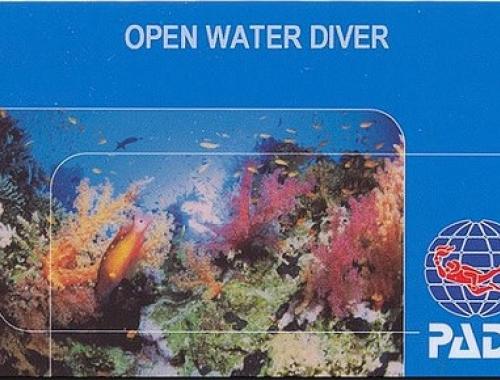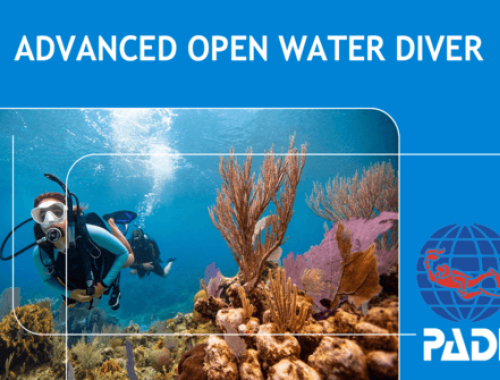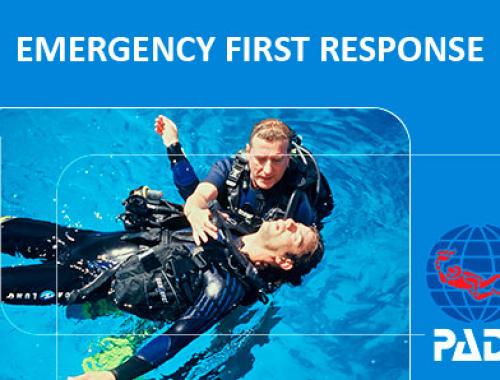Diving Briefing and FAQs
On holiday in Egypt, offers to go on a diving excursion on a boat are very tempting. And often fear of the unknown does not allow us to decide on this adventure. We tried to provide answers to the most common questions from our clients in this article, and we have compiled a pre-dive briefing sheet for you. Let's start with the briefing.
Mask
The first thing divers usually start with during instruction is a mask.
- Remove any cream from your face to better adhere the mask to the skin.
- Inhale as you apply the mask to your face.
- Place the mask strap exactly in the middle of the back of the head and above the ears (do not place it over the ears, do not squeeze them).
- To avoid fogging up the glasses, after the mask is put on, breathe only through the mouth. It is important not to use the nose when breathing.
Problem:
- Water flows into the mask during a dive.
Solution:
- Inhale through your mouth.
- Lift your head up and press the top of the mask to your forehead with your hand.
- Exhale through your nose.
Try these steps on board the boat during your briefing.
Pressure equalization
Always equalize pressure during a dive. If you experience ear pain or headaches, please report the problem to your instructor immediately.
Problem:
- Pressure on the ears.
Solution:
- Inhale through your mouth.
- Pinch your nose with your fingers (the silicone part of the mask allows this to be done).
- Exhale through your nose.
Breathing
During diving, we breathe only through the mouth, without using the nose. All a beginner needs is to relax and trust his instructor.
- Breathe slowly and quietly.
- Deep breath 3-4 sec. and an equally deep exhalation.
- Do not hold your breath.
Problem:
- Water entered my mouth.
Solution:
- Simply blow it out into the regulator. Or press the button in the middle of your regulator.
Sign language
During diving, you will need to communicate with your instructor underwater. Diver sign language is used for this purpose. In the image presented below you will familiarize yourself with the most basic of them. Try some sign communication with your instructor during the briefing.
The question marks are similar to the answer marks.
Basic gestures, name and description:
“I'm okay” (or the question “Are you okay?”)
To show this gesture, you need to close your thumb and forefinger into a ring. Other fingers are straight.
Directional signs
Clench your hand into a fist and use your thumb to point in the direction - right, left, down (drop deeper), up (come to the surface).
Stop
The arm is bent at the elbow, with the palm open towards the person to whom the sign is facing.
Look
The index finger points first to the mask, and then to the place where to look.
Something is wrong
Extend your arm in front of you, palm down, and tilt it from side to side. It is very similar to the way we on land would express the impression of “so-so” with a gesture.
A prerequisite: after you have informed the diver that something is wrong, you must complement the gesture and indicate the area of the problem on the body.
Please feel free to communicate with your instructor underwater, stay in touch with him and answer questions about your well-being with signs.

Now is the time to move on to our quick answers to the most frequently asked questions about diving.
Just click on the question and see the answer.
No need, there is a program called introduction diving, you will have the opportunity to scuba dive with an instructor who will be in full control of the dive. All you need to do is listen to the instructions and learn some gestures and actions that you can easily perform underwater.
From the age of 10, children can dive and even undergo training and receive their first Open Water Junior certificate. If your child wants to try diving, give him the opportunity to try it.
In general, you do not need to have super strength or any special skills to dive with an instructor in the diving program for beginners “Intro diving”. You just need to breathe calmly through your mouth and not use your nose when breathing.
Yes, a great option to see the underwater world, even if you don’t know how to swim at all. Since diving and ascent are carried out using a buoyancy compensator vest, learn more about diving equipment and its purposes , an experienced instructor will take care of your safety during the dive.
Medical contraindications for diving are mainly serious respiratory diseases (asthma, etc.), heart disease, recent surgeries, pregnancy, ear problems, various otitis media, eardrum damage, infectious diseases, eye diseases, tumors, intracranial diseases, problems with the musculoskeletal system, as well as any mental illness.
If you are in any doubt, consult your healthcare provider before booking an excursion.

















